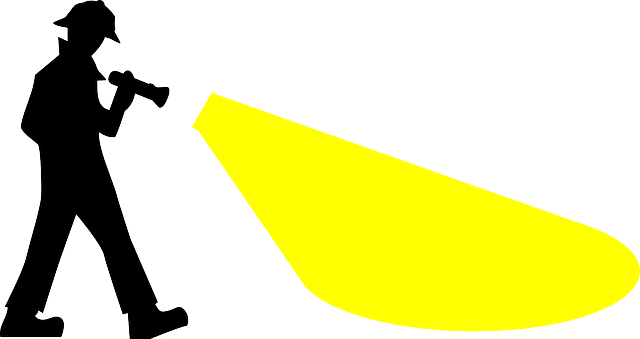 As many of us know, children are still known to practice deception, and maybe there is a lot to learn about deception from them.
As many of us know, children are still known to practice deception, and maybe there is a lot to learn about deception from them.
This was the motivation for a recent study by Hilal Şen and Aylin C. Küntay in the Journal of Nonverbal Behavior, where they sought to simulate acts of deception amongst preschool age children in order to better understand the relationship between practices of deception and nonverbal behavior.
While children may seem to be an odd choice for a deception detection experiment, there is actually a long extant literature delving into childhood deception. Interestingly, previous research has found that adults have trouble distinguishing between truth and falsehood among children. As we have previously written, children also practice deception at relatively high rates.
Despite this literature, the study authors sought to go a step further. Previous research, they contend, has largely failed to grasp actual spontaneous acts of deception, instead prompting children to lie or not. A more accurate approach would certainly be to try to more closely simulate real world situations where children being studied practice deception spontaneously and on their own volition.
Moreover, they note that collective interviewing, where multiple participants are asked to practice deception at the same time has been successful in the past in determining deceptive behavior. Yet, no such studies had been done with children.
It was both of these gaps which the current study sought to fill: spontaneous lying of children during group interviews. In order to do this, they relied on an experimental method where children were tempted to commit a transgression and later interviewed to examine what behaviors were showcased when deception was practiced.
Each participating child was sorted into a pair with another child that they already knew and was told to avoid touching certain toys. Then they were left alone while their behaviors were secretly recorded. After some time, each child pair was brought into an interview setting and asked a series of questions.
Throughout the interviews, each child was given clear opportunities to lie by omitting crucial details about their potential rule breaking while being asked to give a full account of what they had done while presumably unobserved. They were also tasked with answering direct questions about whether they had followed the rules.
After recording these interviews, the researchers were able to see if there were systematic differences in nonverbal behavior between the children who lied and those who had not, as of course the veracity of the interviews could be tested against video recordings.
Overall, there was very little difference in nonverbal behavior when children simply talked around their lies, such as by omitting it, but the situation was a bit different when asked a direct question. At that point, children took significantly longer to give their response when lying.
When lying, moreover, children were also more likely to look at each other than the pairs that told the truth. This is one way that the collective interviewing process can shed light on deceptive behavior.
This study then serves as a helpful template both for future research but also for our own efforts to detect deception. Collective interviewing clearly has its benefits in deception detection, as does the practice of asking straightforward questions and measuring response time.
This can be challenging though, as many behaviors were hard for the researchers to detect, and that’s a great reason to take a deception detection class!
 Most detective procedures center around hard physical facts and evidence, but what is the role of detecting nonverbal behavior?
Most detective procedures center around hard physical facts and evidence, but what is the role of detecting nonverbal behavior?